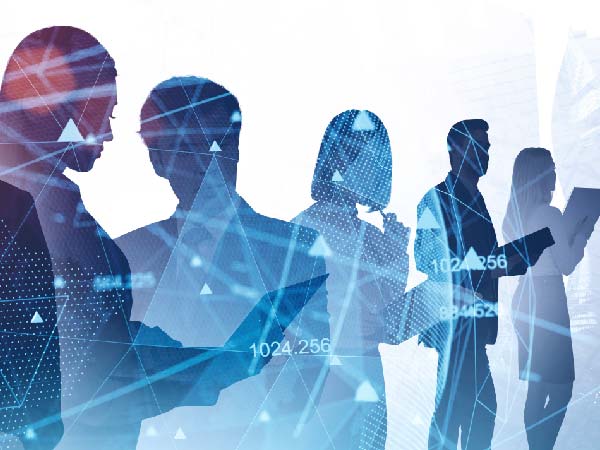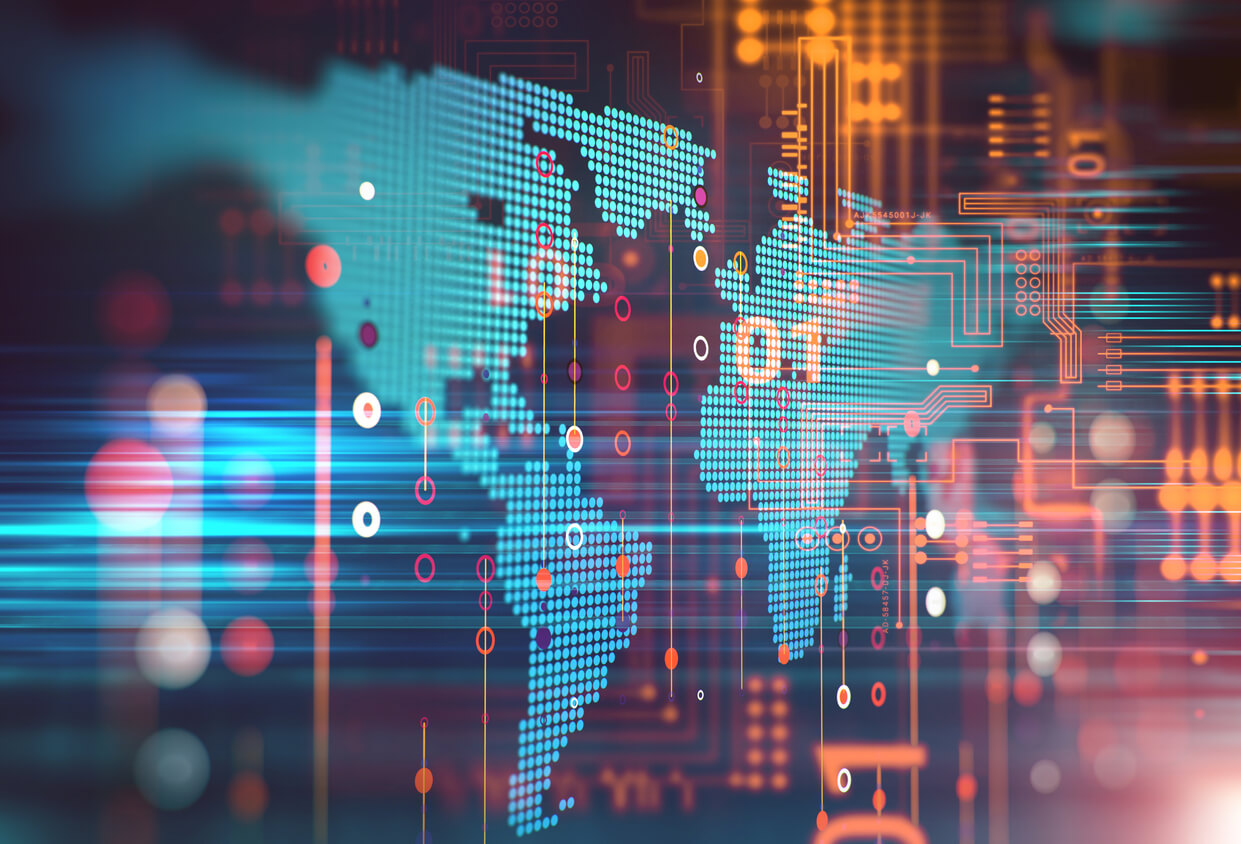At Gen10, we believe in the power of ecosystems. We think they’re essential for providing our clients the very best solutions with the flexibility and interoperability they need to transform their business, not just their technology.
Below, we explore the benefits and importance of technology ecosystems in the complex world of commodity trading and the pitfalls and compromises that can arise when attempting to use a single “monolithic” system across very different business areas. We also look behind the scenes at how Gen10 ourselves use a technology ecosystem and some of the many benefits this offers our clients.
Why technology ecosystems?
Creating a technology ecosystem involves selecting the most appropriate software for each business area, regardless of the vendor supplying it, and ensuring these systems are connected via secure 2-way integrations that share data in real-time. For commodity traders, this could mean selecting the general ledger system that is best for the accounting team, and the commodity management system that works best for trading, risk and operations. By connecting these systems via APIs, data is automatically shared between them throughout the day, allowing the various teams to better collaborate and close the loop between finance, operations and trading teams.
Example
A firm using Gen10’s CommOS and a separate general ledger system receives payment on an invoice, which is marked in the general ledger. The information is passed to CommOS without any manual intervention. A few minutes later, a trader makes a new deal with this client. Their credit limit and risk KPIs have been updated automatically, giving the trader pre-approval for the new transaction, meaning they can proceed without a risk manager needing to confirm the credit line.
It is this collaboration between teams that gives ecosystems their advantage. Some established enterprise systems are attempting to improve collaboration by expanding their system away from its core offering into new areas, such as an ERP vendor developing CTRM functionality or vice versa. However, this can create serious limitations for the business and its processes if one aspect of the software is not up to standard.
The pitfalls of one “monolithic” system
Many traders and operators know the frustration of working around software limitations; managing assets on spreadsheets and copying information to the system later, creating multiple contracts just to be able to add assays, and the pain of finding an error when these manual processes go wrong are all too common in commodity trading. The only way to solve these problems is to ensure:
- The CTRM system is relevant to your asset class(es)
- It is flexible enough to be tailored to each team’s exact needs in a short timescale
- All parts of the business are working digitally and efficiently
- The data each team is producing is shared quickly in a useful format.
In the past, commodity firms were forced to decide which of these requirements were most important, and often sacrificed usability and efficiency for the sake of sharing data. This remains a significant risk when trying to meet the needs of all teams with one system, but ecosystems allow you to implement the best technology for each team without compromise.
A technology ecosystem built on an ecosystem
Gen10 offer a wide range of commodity management systems and apps, all of which integrate seamlessly with each other and your other technologies to create a commodity management ecosystem. Our core Commodity.Manager condenses our 20 years of multi-commodity trading knowledge into one flexible system managing risk, trading, logistics and more. This is our area of expertise, so we integrate with other systems whose expertise lies in accounting or ERP.
Ecosystems and the latest technologies
We use a technology ecosystem ourselves to deploy our cloud software and develop new solutions for our clients faster and cheaper. It is vitally important to keep on top of new technology developments that could represent significant improvements in how we manage commodities, but that no software provider in the commodities space is an expert in. Current examples include Machine Learning, AI and, to an extent, blockchain.
One option software providers have when incorporating these cutting-edge technologies is hiring a team of experts and creating the functionality in-house, but this can present several problems. One issue is the cost of working on a project that could take a long time to bear fruit, or that may not benefit clients after all – a cost that would inevitably be passed on to clients.
Mitigating risk
Investing in new technologies also presents the risk of a technological dead end – the wider technology may evolve in a direction that the company hadn’t anticipated, and it is likely to develop much faster at the organisations where this technology is their core offering as they are investing greater resources more intensively in the project.
Therefore, instead of developing our own Machine Learning software, Gen10 opted to apply software developed by Amazon, one of the largest and best-resourced technology companies on the planet, to commodity trading. Where a commodity technology company would be distracted from its core products to develop Machine Learning, it is a core part of Amazon’s technology offering. And, as with the ecosystems Gen10 help our clients create, APIs create a seamless integration between products so that they work as one for the end user.
Leveraging technology and commodity management expertise
Where Gen10 add value is in leveraging these cutting-edge tools and incorporating them into commodity management so that our clients get the results they need fast. As just one example, the Machine Learning above can be applied to data insights. As well as the existing fully-customisable dashboards and reports already in Gen10 software, Amazon’s advances in Natural Language Processing mean that users could ask a new question about their data in Commodity.Manager and have their dashboard interpret the data for them instantly.
Accelerating innovation
Incorporating these new technologies in our unique commodity management ecosystem leads to accelerated innovation. Using the best software that is already available means Gen10 can focus our resources on our clients and commodity management so that development in these areas is much faster. It also means that we can incorporate new technologies as they arise without large, expensive projects or long delays, and are not limited to one single technology or approach, but can select the best of breed, as any client investing in an ecosystem can.
Leveraging these emerging technologies within our commodity management ecosystem allows us to give our clients better risk management faster, through a rapid digital transformation and consistent ongoing development of their commodity management. Get in touch today to find out just how rapid this transformation can be for your own business.



